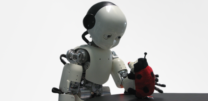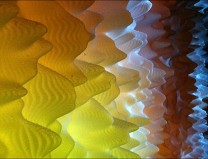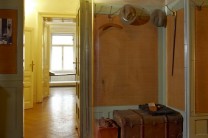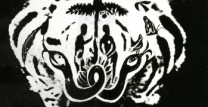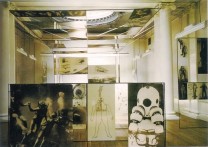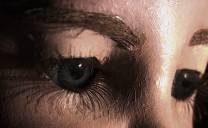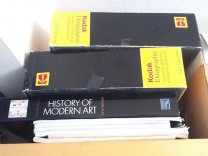The Abandon Videos
This is an odd time to be thinking about a dead leaf. Our songbird neighbors are turning up the volume and, in his impatience for love, our local skunk, normally a nocturnal fellow, has been scrambling up the hillside before sunset. Spring is upon us. Yet here I sit, absorbed in a video of a yellowed leaf, spotted with age, pirouetting in the breeze.
It is the humility of Abandon I, as artist Gail Wight titled her 2011 video, that gets me. There is nothing remarkable about her subject. If I looked out the window, I might see such a leaf. There are always dead ones around, despite the greening time of year. And it is not uncommon to see a leaf caught, as Wight’s subject was caught, by a bit of spider web, dangling in midair.
What is uncommon is the way Wight sees this leaf, and makes me see it, as a bit of life passionately, even exuberantly, absorbed in living, despite its imminent dissolution. Continue reading
